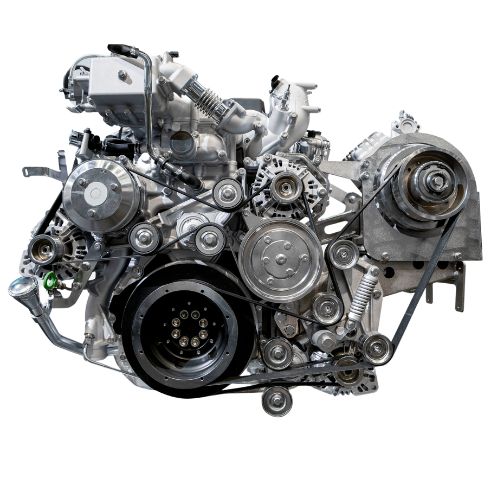2004 Dodge Dakota 3.7 L V6 Engine
Large Network Of Engine Suppliers
Compare Quotes
Save Money
Save Time
2004 Dodge Dakota 3.7 L V6 Engine For Sale
If you happen to be in the marketplace for locating a quality second hand Dodge engine for sale, look no further than Used Engine Finder. We make it possible for anyone to get in touch with collection of Dodge dismantlers and engine importers immediately, so you can get the best bargain on the ideal replacement motor.
You needn’t spend time looking around once you have Used Engine Finder at your disposal. Just let us know what you want and our merchants will reply with multiple prices. And because we deal directly with them, you can be sure you’re getting the best price.
So don’t put it off any more, find your perfect engine today along with Used Engine Finder.
- Save time and cash by utilizing Used Engine Finder to find the ideal used motor.
- Get deals from a number of our reliable engine shops.
- The greatest prices may be obtained by working direct with engine sellers.
- Discover engines for all makes and models of vehicles.
Best Engine Replacement Procedure
- Swap the engine’s oil, fuel and oil filters, and coolant.
- Install new engine and external coolers if existing.
- Cleanse the cooling system thoroughly, then replace the water pump.
- Renew necessary hoses and belts.
- Install a new timing belt, spark plugs, and wires.
- Replace essential gaskets and seals, focusing on the oil pan, front, and rear main seals.
- Clear the vehicle’s computer codes before engine installation.
- Ensure the replacement engine matches the original specifications.
- Transfer exhaust manifolds, mounts, distributor, and sensors from the old engine.
- Disable fuel and ignition before ignition to prime the oil.
- Ensure no plugs or tape remain on the engine before installation.
7 Common Mistakes to AVOID!
- Not resetting the vehicle’s computer codes before installation.
- Skipping the step of adding engine oil before the first startup.
- Forgetting to deactivate the fuel and ignition systems, essential for priming the oil.
- Ignoring the replacement of the oil cooler or the radiator’s integrated oil cooler.
- Overlooking the cleaning of the radiator and checking the operation of the cooling fans.
- Not swapping out the flywheel and its securing bolts.
- Trying to initiate the engine’s first run without proper priming.
